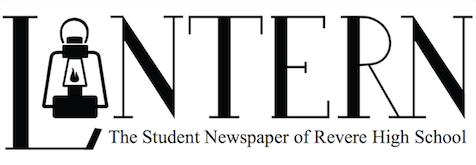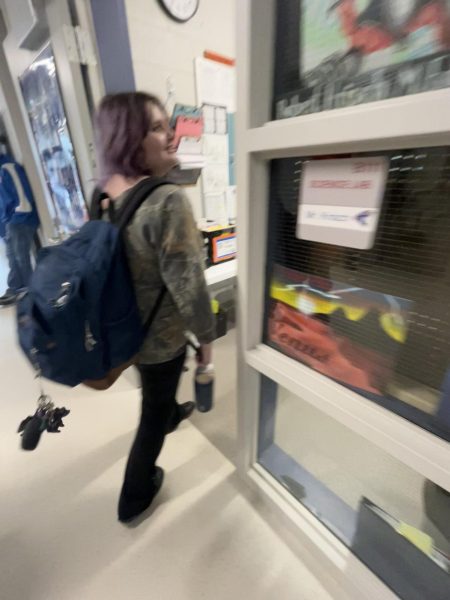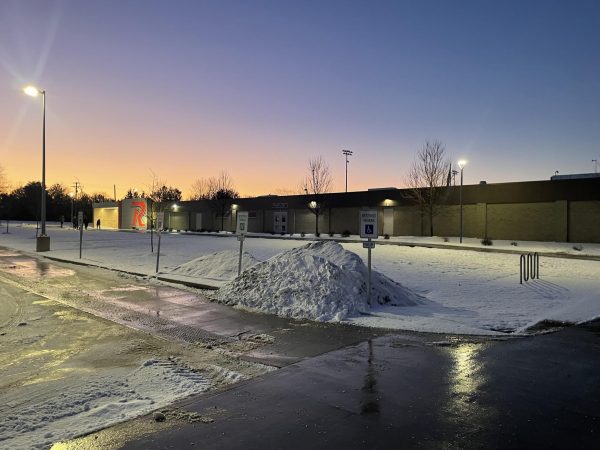Suburban League reorganization creates new rivalries
The Suburban League has reconfigured for the 2015-2016 school year after Green High School’s formal announcement to withdraw from the conference.
The new league is comprised of two divisions: the National Division, consisting of Brecksville-Broadview Heights, Cuyahoga Falls, Hudson, North Royalton, Nordonia, Stow-Munroe Falls, Twinsburg, and Wadsworth; and the American Division, consisting of Aurora, Barberton, Copley, Highland, Kent-Roosevelt, Revere, and Tallmadge.
Revere High School athletic director Bill Conley discussed the possible reasons for the change.
“[The switch] may have been to give more notoriety to the League. It also may have been made to make new rivalries,” Conley said.
Conley also spoke of the benefits that come from fostering relationships with other schools that could bring about a renewed sense of team spirit.
“[These] newfound rivalries could draw more fans who would potentially increase ticket sales and concessions as well,” Conley said.
The Wadsworth High School athletic director, Brad Musgrave, discussed the benefits for Wadsworth’s athletic program.
“[The switch is] more of a transition for the community . . . it’s still a little early to notice much of a difference. We play teams more our size. . .[the switch is a] positive all around,” Musgrave said.
Musgrave identified the benefits that schools like Wadsworth will experience in playing other teams more comparable to one another in terms of size and level of play.
“Teams that were previously dominant across the board will now have an opportunity to find more competition in the new division,” Musgrave said.
Revere High School basketball coach Dean Rahas expressed his opinion on the league change.
“The league coordinators decided to make a super-league which will be more competitive and a challenge for everyone,” Rahas said.
The new league includes bigger schools with bigger programs, which would increase the level of competition. Rahas pointed out that involving more schools means more athletic directors and coaches included in the decision-making process, which could prove difficult to satisfy everyone’s concerns. This could cause tension in unified decision making in the league with regard to scheduling, additional school acquisition, and booking facilities for playoffs.
Although the league is in its early stages, the athletic directors and coaches have maintained a hopeful outlook in terms of financial and competitive promise for teams in the two divisions.





